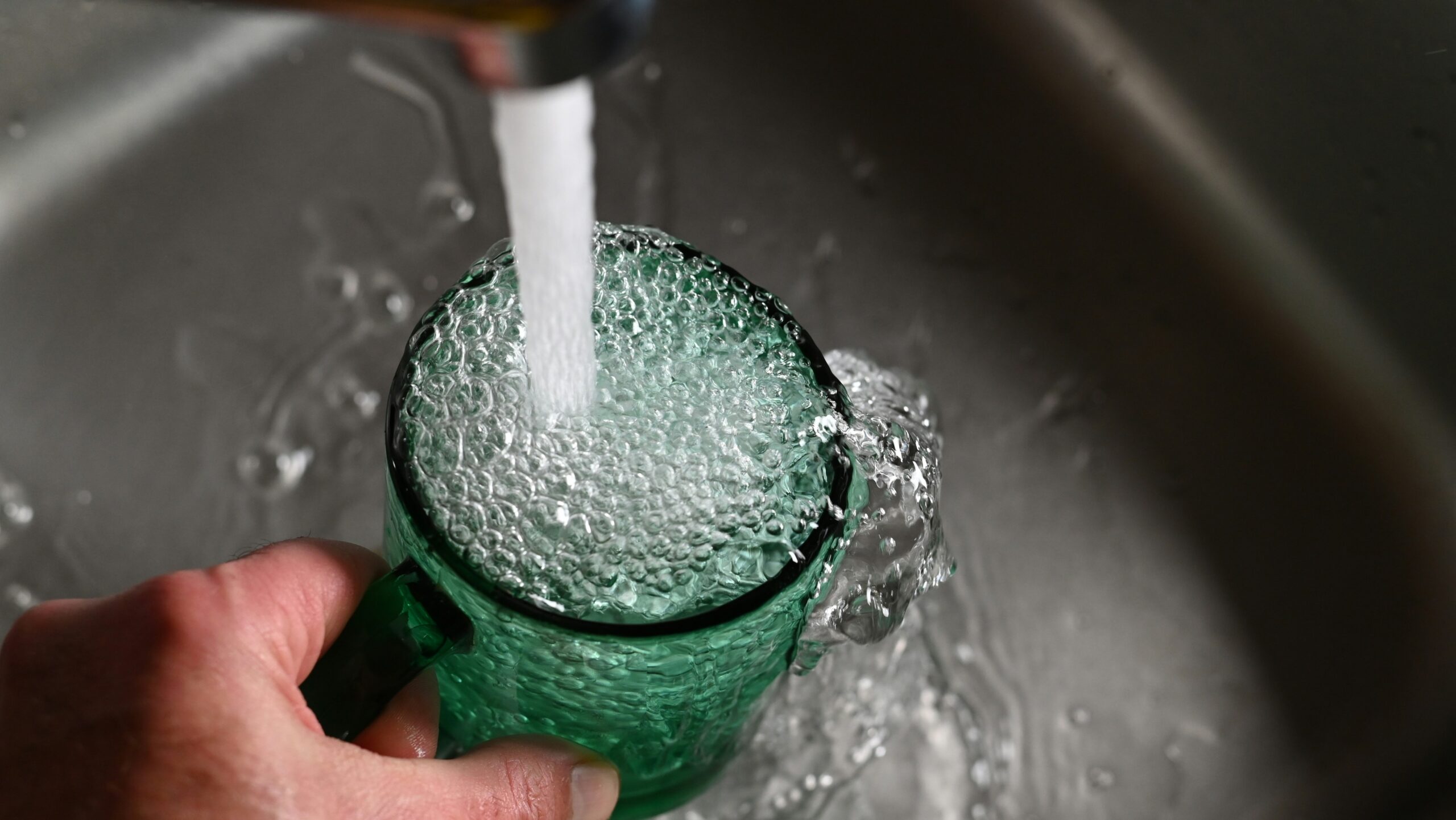As old pipes crack and crumble and new water and wastewater facilities come online, a three-decade old formula still determines how billions in federal clean water funds are distributed to states, despite major shifts in population and infrastructure needs. A new report from the Government Accountability Office (GAO) suggests it’s time for an update.
“EPA estimates more than $630 billion is needed to repair and replace clean water and wastewater infrastructure nationwide over the next 20 years,” the report says.
The Clean Water State Revolving Fund (SRF), administered by the Environmental Protection Agency (EPA), is a critical source of funding for states addressing water infrastructure challenges. However, the GAO report recommends changes to bring the funding structure established in 1987 into the 21st century with an updated formula that more accurately represents the needs of states.
Since its inception, the Clean Water SRF program has awarded about $52 billion in grants, and states have distributed about $172 billion from the revolving funds. These funds have been crucial in addressing various clean water needs, such as building or replacing wastewater infrastructure. The estimated $630 million needed far exceeds that total, and in recent years the most any state has received is $208 million, with many receiving far less.
With changing precipitation patterns across the country, the need for robust, adaptable water infrastructure has become increasingly urgent, as wastewater and drinking water plants are at risk of flooding. To address the gap between funding allocation and infrastructure needs, the GAO convened a panel of experts who developed a new formula emphasizing current clean water needs, population and economic burden.
Under the proposed updated formula, using 2022 data, 31 states would receive the same or higher allocation — with some seeing increases of up to 260%. However, 19 states would face reductions, some as steep as 53%.
The GAO’s recommendation, as stated in a video released by the agency, is clear: “Congress should consider revising the formula for this program.”
In addition to putting pressure on Congress, the GAO has also made three specific recommendations to the EPA on how to better collect data from states using surveys on community infrastructure needs.
First, the GAO recommended the EPA directly collect data on centralized clean water infrastructure needs from a sample of small communities, using an approach consistent with Office of Management and Budget survey guidance. This recommendation addresses the current gap in data collection from smaller municipalities, which often lack the resources to thoroughly assess and report their infrastructure needs.
Secondly, the GAO advised the EPA to provide guidance to states for submitting estimates of large communities’ centralized clean water infrastructure needs for a minimum time frame, such as five years. This would help standardize the reporting process and provide a more comprehensive view of long-term infrastructure needs.
Lastly, the GAO recommended the EPA work with states that did not report any needs in one or more of the clean water infrastructure categories. The EPA should assist these states in using cost estimating tools. This recommendation would ensure a more complete and accurate picture of nationwide clean water infrastructure needs, particularly in areas like stormwater management and pollution control.
Photo by Andres Siimon on Unsplash













